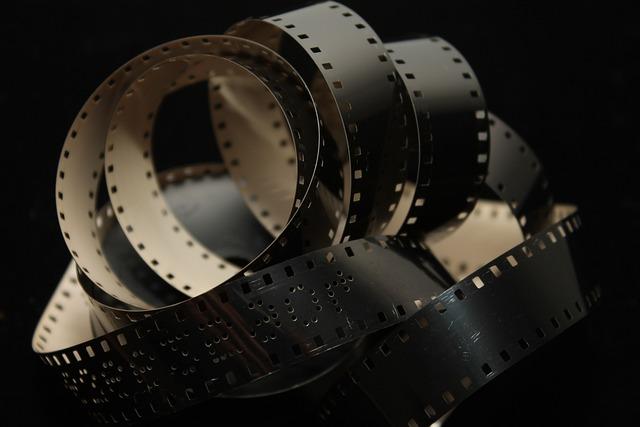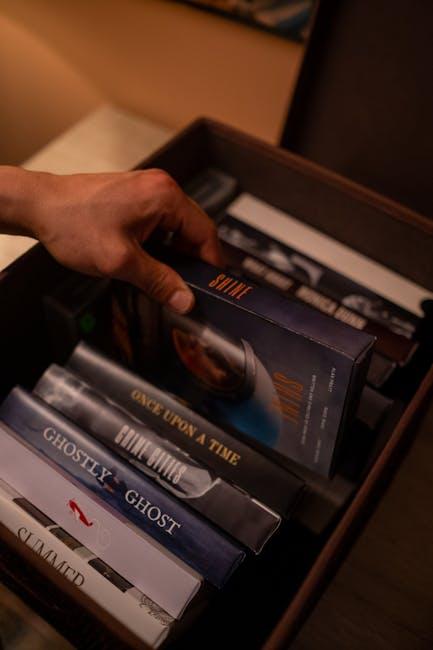In the ever-evolving landscape of cinema, the enduring allure of classic films remains a topic of fervent discussion. While their narratives continue to captivate audiences, there is an intriguing debate surrounding whether these films are more celebrated for their groundbreaking technical innovations than for their storytelling prowess. This analytical exploration seeks to unravel the layers of admiration that classic films command, delving into the nuanced interplay between their pioneering techniques and the timeless tales they weave. By examining the historical context and lasting impact of these cinematic milestones, we aim to discern whether it is the artistry behind the lens or the narratives themselves that have etched these classics into the annals of film history.
Technical Innovations as Pioneers of Cinematic Progress
When examining the allure of classic films, it becomes evident that technical innovations often serve as the backbone of cinematic progress. These pioneering advancements laid the groundwork for what we now consider standard in filmmaking. From the introduction of synchronized sound in “The Jazz Singer” to the breathtaking Technicolor of “The Wizard of Oz,” each leap forward in technology has redefined the boundaries of storytelling. Such innovations are not merely enhancements but transformative elements that shape how narratives are constructed and experienced.
Consider the following technical breakthroughs that have marked significant turning points in cinema:
- Sound and Dialogue: Transitioning from silent films to talkies revolutionized character development and plot complexity.
- Color Film: The shift from black-and-white to color added emotional depth and visual allure.
- Special Effects: Practical effects and early CGI opened new worlds and realities for audiences.
These innovations were not merely incremental changes; they were seismic shifts that allowed filmmakers to tell stories in more immersive and dynamic ways. The technical achievements of the past have paved the way for today’s cinematic storytelling, proving that technology and narrative are intrinsically linked.

Storytelling Versus Technique: A Balanced Appreciation
In the realm of classic cinema, the debate between storytelling and technique often sparks fervent discussion. While technical innovations such as groundbreaking cinematography and pioneering special effects have undeniably shaped the industry, the narrative heart of these films frequently takes center stage. It’s essential to recognize that both elements contribute to the timeless allure of these masterpieces.
Consider the following points when evaluating classic films:
- Visual Innovation: Films like “Metropolis” and “Citizen Kane” are lauded for their revolutionary use of camera angles and lighting, setting new standards for visual storytelling.
- Compelling Narratives: Timeless stories with universal themes, such as love, sacrifice, and redemption, resonate deeply with audiences, ensuring their lasting impact.
- Symbiotic Relationship: Often, the most celebrated classics achieve a harmonious balance where technical prowess enhances the storytelling, creating an immersive experience.
Ultimately, the appreciation of classic films lies in their ability to blend these elements seamlessly, captivating audiences through both their technical brilliance and their rich, engaging stories.

Evaluating Classic Films: The Interplay of Art and Innovation
When examining the legacy of classic films, one must consider the delicate balance between artistic storytelling and technical innovation. These films often serve as a canvas where directors painted their narratives with pioneering techniques. From the sweeping cinematography of “Lawrence of Arabia” to the groundbreaking special effects in “Metropolis,” the technical prowess exhibited in these films has undeniably played a significant role in their enduring acclaim. However, it is the interplay of these innovations with the film’s narrative that truly captivates audiences.
- Cinematic Techniques: The use of techniques like deep focus and tracking shots not only advanced the medium but also enriched the storytelling, allowing for more complex narratives.
- Sound and Music: The introduction of synchronized sound and innovative scores transformed silent epics into immersive experiences, enhancing emotional depth.
- Visual Effects: Early visual effects, though primitive by today’s standards, provided new ways to visualize imagination, making fantastical stories more tangible.
While technical advancements are celebrated, it’s the synergy between these innovations and the core narrative that ensures a film’s place in history. Classic films are cherished not solely for their technical milestones but for how these elements amplify the story’s impact, resonating across generations.

Recommendations for Film Enthusiasts: Balancing Technical and Narrative Appreciation
For film enthusiasts aiming to deepen their appreciation of classic cinema, it’s essential to strike a balance between technical innovation and narrative storytelling. Here are some recommendations to enhance your viewing experience:
- Analyze Cinematography: Pay attention to how lighting, camera angles, and composition contribute to the mood and tone. Recognize the pioneering techniques that have influenced modern filmmaking.
- Explore Story Structure: Delve into the narrative arcs and character development. Consider how these elements resonate emotionally and drive the plot, providing timeless relevance.
- Contextual Understanding: Learn about the historical and cultural backdrop of the film’s release. This knowledge can reveal why certain technical choices were groundbreaking at the time.
- Sound and Music: Focus on how sound design and musical scores enhance the storytelling, adding layers of meaning and emotion.
By integrating both technical and narrative perspectives, you not only enrich your appreciation of classic films but also gain insights into the evolution of cinema as a whole.

